You glance in the mirror and notice a small dark spot on your skin that you swear wasn't there before. Is it a mole? A freckle? Or maybe what some call a beauty mark? If you've ever found yourself staring at your reflection, wondering about those mysterious spots that appear on your skin, you're not alone. Understanding the difference between mole vs freckle vs beauty mark isn't just about satisfying curiosity—it's about knowing your skin and keeping yourself healthy.
• Freckles are small, flat, light brown spots caused by sun exposure and genetics, typically appearing in childhood
• Moles are darker, raised or flat growths that can appear anywhere on the body and may change over time
• Beauty marks are simply moles in flattering locations that have been culturally celebrated for their aesthetic appeal
• Most skin spots are harmless, but changes in size, color, or shape warrant professional evaluation
• Regular skin checks and sun protection are essential for maintaining healthy skin
Freckles are those charming little spots that seem to dance across fair skin, especially after a day in the sun. These small, flat, light brown spots are your skin's way of responding to ultraviolet (UV) radiation.
When your skin is exposed to sunlight, it produces melanin—the pigment that gives your skin its color. In people prone to freckling, this melanin doesn't distribute evenly. Instead, it clusters in small concentrations, creating those distinctive spots we call freckles.
Key characteristics of freckles:
Freckles are primarily a genetic trait, most common in people with:
If you have freckles, you likely inherited the MC1R gene variant, which affects how your skin produces and distributes melanin. This same gene variant often comes with increased sensitivity to sun damage, making sun protection extra important.
The good news? Freckles themselves are completely harmless. They're simply a cosmetic feature—your skin's natural response to sun exposure. However, people who freckle easily often have fair skin that burns rather than tans, putting them at higher risk for sun damage and skin cancer.
Important note: While freckles don't become cancerous, the sun exposure that causes them can increase your overall skin cancer risk. That's why dermatologists recommend consistent sun protection for people who freckle easily.
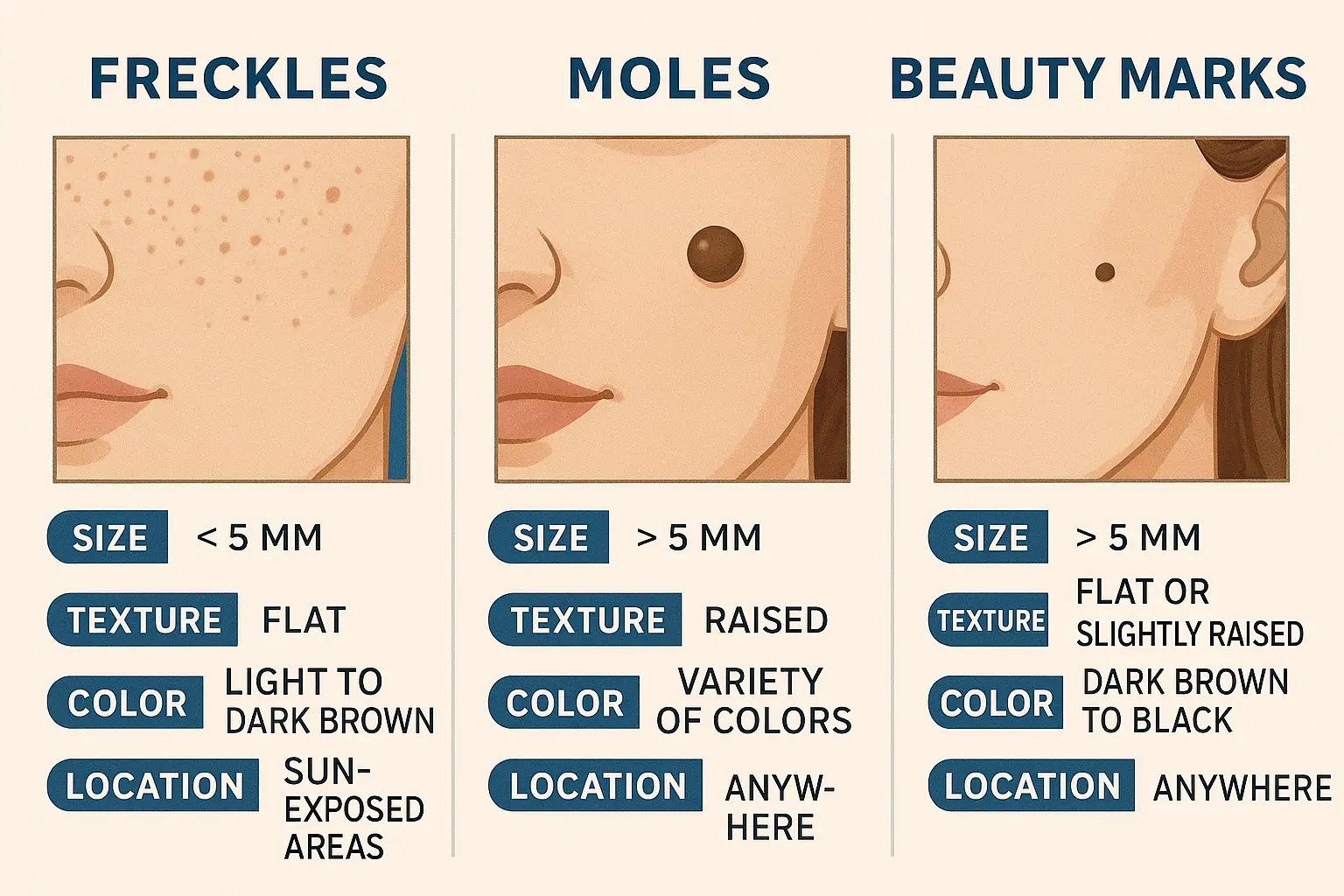
Unlike freckles, moles (medically called nevi) are more complex skin growths that deserve closer attention. These spots can appear anywhere on your body and come in various shapes, sizes, and colors.
Moles form when melanocytes (pigment-producing cells) grow in clusters instead of spreading evenly throughout your skin. This clustering creates the concentrated dark spots we recognize as moles.
Distinguishing features of moles:
Not all moles are created equal. Understanding the different types helps you know what's normal for your skin:
These are present at birth and affect about 1% of newborns. Most congenital moles are small and harmless, but larger ones (over 8 inches) may have a slightly higher cancer risk and require monitoring.
These develop during childhood and early adulthood, usually by age 30. Most people have between 10-40 acquired moles, which typically remain stable throughout life.
These moles look different from common moles—they're often larger, have irregular borders, and show varied colors. While most atypical moles don't become cancerous, they do require closer monitoring.
Most moles are harmless, but changes can signal potential problems. The ABCDE rule helps you identify concerning changes:
If you notice any of these changes, it's time to consult a healthcare professional. Our experienced team at The Minor Surgery Center can evaluate concerning moles and provide expert care when removal is necessary.
Here's where things get interesting in the mole vs freckle vs beauty mark discussion: beauty marks aren't actually a separate type of skin growth. They're simply moles that happen to be in aesthetically pleasing locations.
Throughout history, small moles on the face have been considered attractive and distinctive. Think of iconic figures like Marilyn Monroe, Cindy Crawford, or Eva Mendes—their facial moles became signature features that enhanced rather than detracted from their beauty.
In the 18th century, artificial beauty marks (called "patches") were so popular that people would stick small pieces of fabric to their faces to mimic natural moles. These patches weren't just fashion statements—they also served practical purposes, covering smallpox scars or blemishes.
The distinction is purely cosmetic and cultural. A beauty mark is typically:
The bottom line: Whether you call it a mole or a beauty mark depends entirely on your perspective. Medically speaking, they're the same thing.
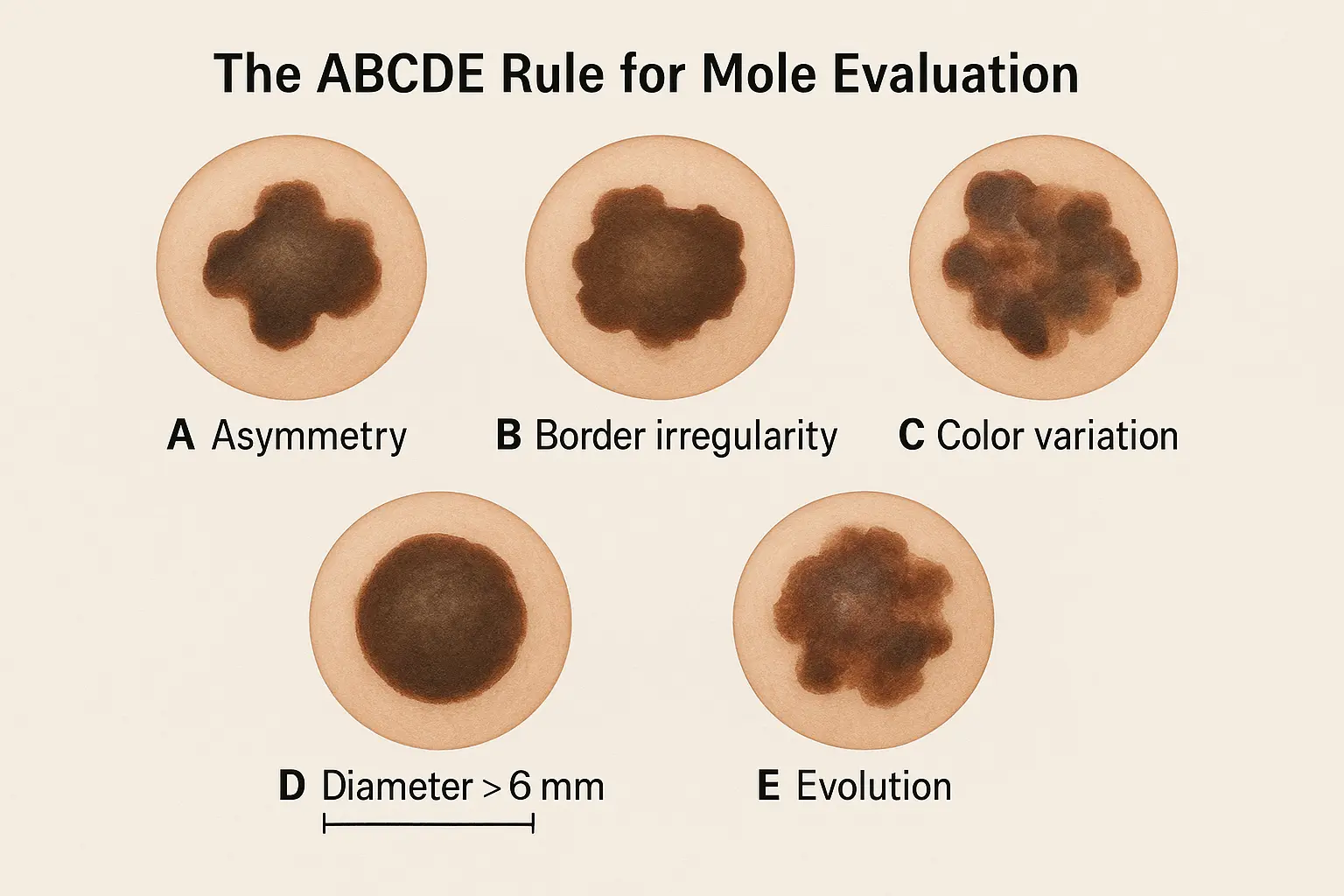
Let's clear up some widespread myths about the mole vs freckle vs beauty mark debate:
Truth: Freckles themselves don't become cancerous. However, people who freckle easily often have fair skin that's more susceptible to sun damage and skin cancer from UV exposure.
Truth: The vast majority of moles are completely harmless. Most people have 10-40 moles, and only a tiny percentage ever develop into melanoma.
Partial truth: While sunscreen can reduce the darkening of existing freckles and slow the development of new ones, genetics plays the primary role. If you're genetically predisposed to freckles, some will likely appear despite sun protection.
Truth: There's no medical difference. A beauty mark is simply a mole in a location that's considered aesthetically pleasing.
Clarification: While most moles develop before age 30, new moles can appear later in life and still be benign. However, any new growth after 30 should be evaluated by a healthcare professional.
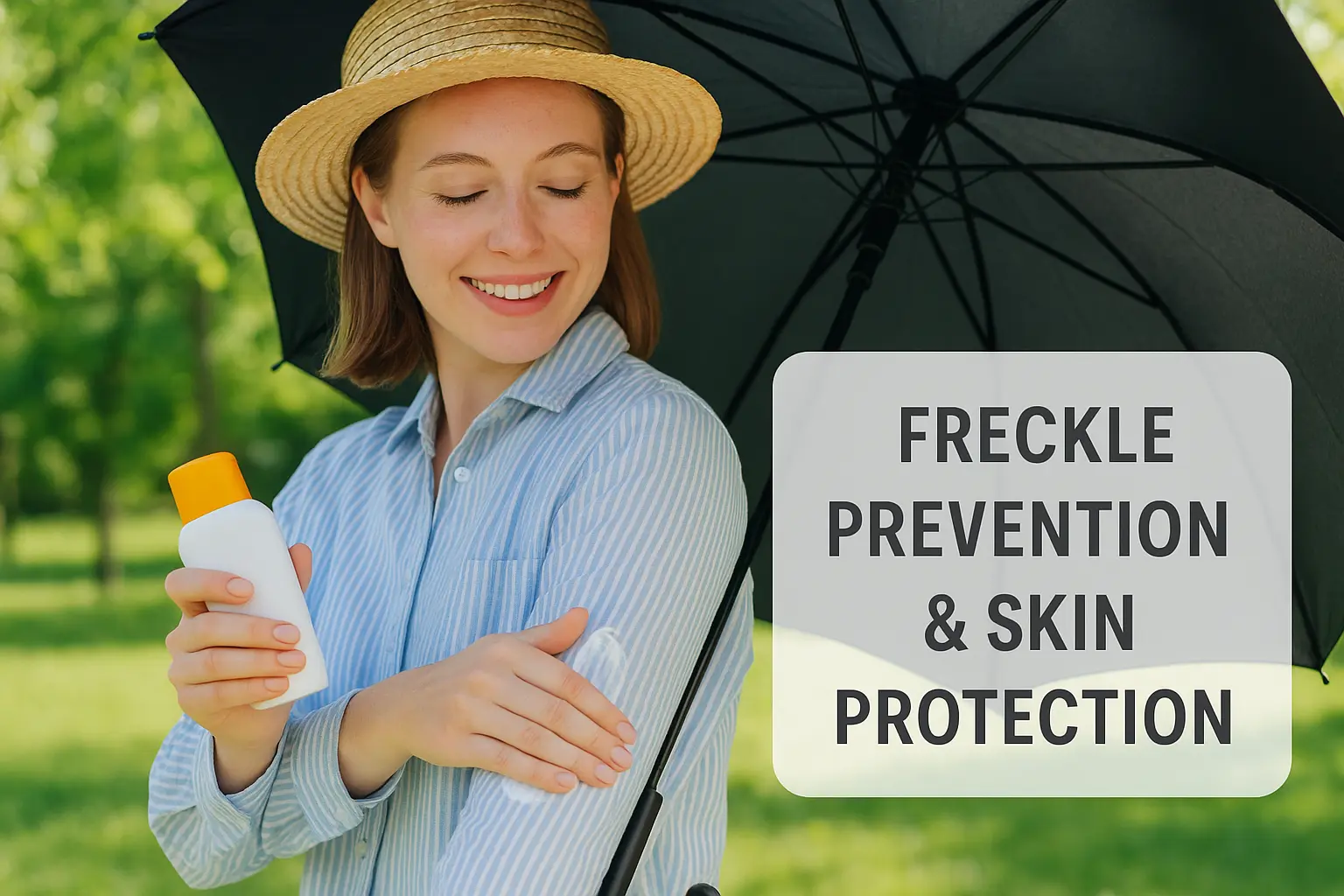
Understanding when to consult a healthcare professional is crucial for maintaining healthy skin. Here are clear guidelines:
For any spot that shows:
If you have:
Sometimes mole removal is recommended for medical or cosmetic reasons. Our clinic specializes in safe, efficient mole removal procedures that prioritize both your health and cosmetic concerns.
Medical reasons for removal:
Cosmetic reasons for removal:
While you can't change your genetics, you can take steps to protect your skin and minimize unwanted changes:
Daily habits that make a difference:
Monthly self-examinations should include:
Professional skin checks:
Supporting overall skin health:
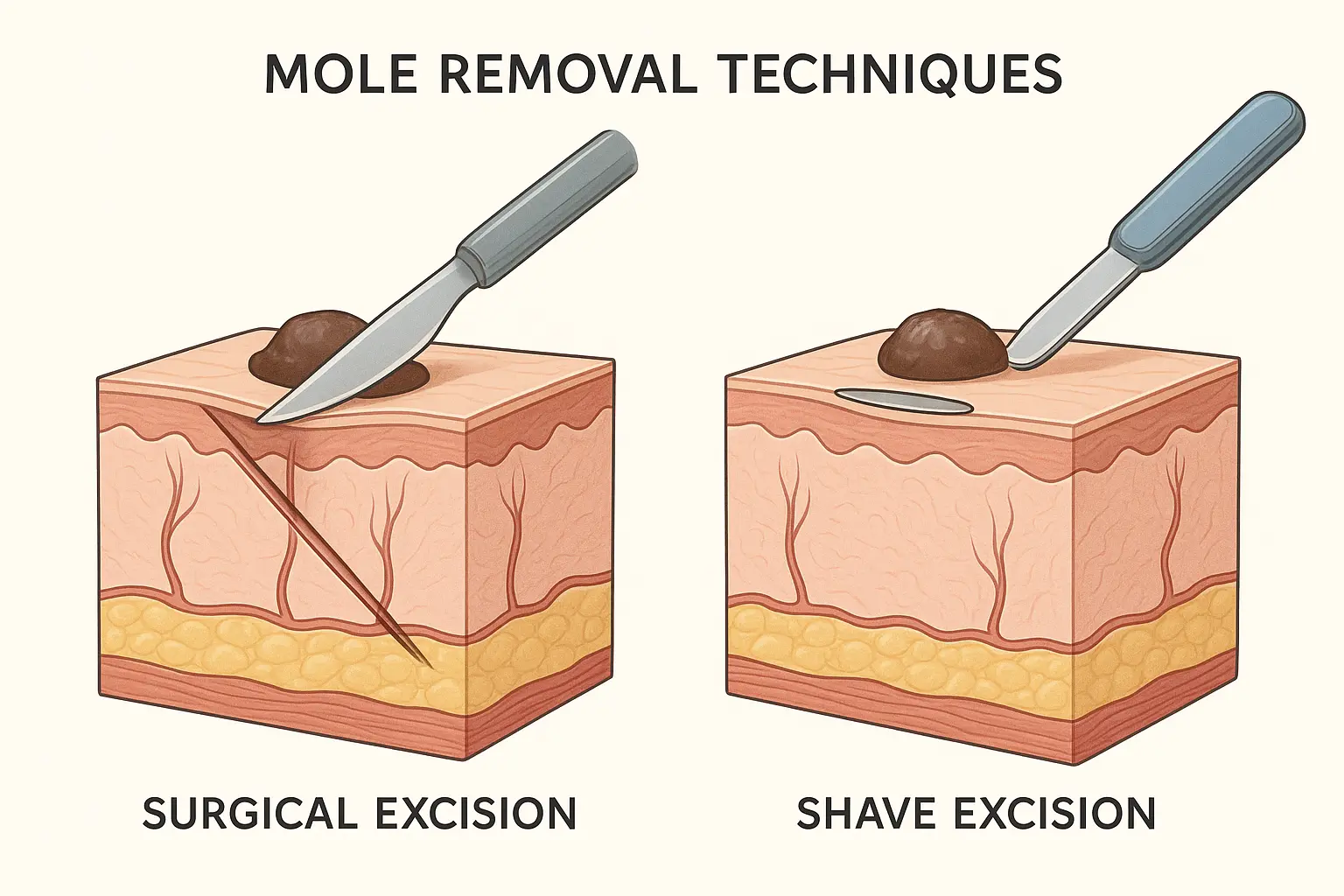
When professional intervention is necessary, several effective options are available:
Before any treatment, a thorough evaluation includes:
Surgical Excision
Shave Excision
Laser Treatment
At The Minor Surgery Center, we specialize in safe, efficient removal procedures. Our experienced surgeons use the most appropriate technique for each individual case, ensuring optimal results with minimal discomfort.
Understanding the genetic factors can help you better predict and manage your skin's behavior:
Genes that influence skin spots:
What to expect based on family history:
Skin spot patterns vary by ancestry:
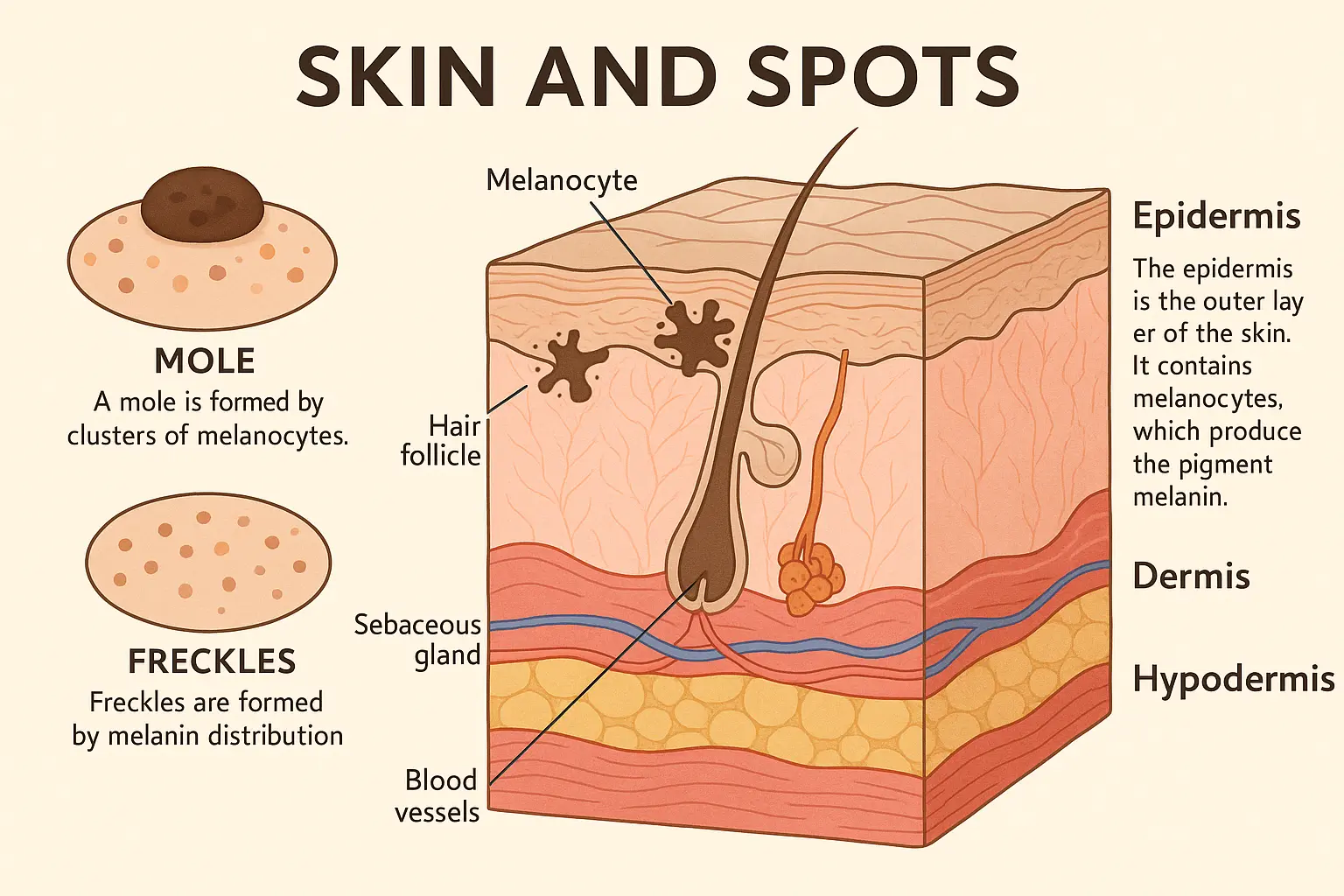
Whether you have freckles, moles, or beauty marks, the key is understanding and accepting your unique skin while staying vigilant about changes.
Remember that:
Healthy attitudes include:
Simple routines for skin confidence:
Your relationship with skin spots evolves throughout life:
What parents should know:
Common changes during pregnancy:
What to expect as you age:
For individuals concerned about changes during any life stage, our team provides expert evaluation and peace of mind through professional assessment.
Modern technology offers new tools for tracking skin health:
Advanced imaging allows for:
Technology can help with:
Emerging AI tools offer:
Research continues to advance our understanding and treatment options:
Future possibilities include:
Emerging therapies focus on:
Scientists are exploring:
When it comes to the mole vs freckle vs beauty mark discussion, knowledge empowers you to make the best decisions for your skin health and confidence.
During skin evaluations, consider asking:
Look for professionals who offer:
Our clinic combines medical expertise with compassionate care, ensuring you feel confident and informed throughout your skin health journey.
Understanding coverage:
Understanding the differences between mole vs freckle vs beauty mark empowers you to take control of your skin health while appreciating your unique features. Remember that freckles are harmless sun-kissed spots that fade and darken seasonally, moles are permanent growths that require monitoring for changes, and beauty marks are simply moles in aesthetically pleasing locations.
The key to healthy skin lies in consistent protection, regular monitoring, and professional guidance when needed. Most skin spots are completely benign, but staying informed about what's normal for your skin helps you identify when changes warrant attention.
Whether you're concerned about a new spot, considering removal for cosmetic reasons, or simply want to better understand your skin, professional evaluation provides peace of mind and expert care. Contact our experienced team to discuss your skin health concerns and explore your options in a comfortable, supportive environment.
Your skin tells your unique story—by understanding it better, you can ensure that story continues with confidence and health for years to come. Take charge of your skin health today by establishing good protection habits, monitoring changes, and seeking professional care when needed.